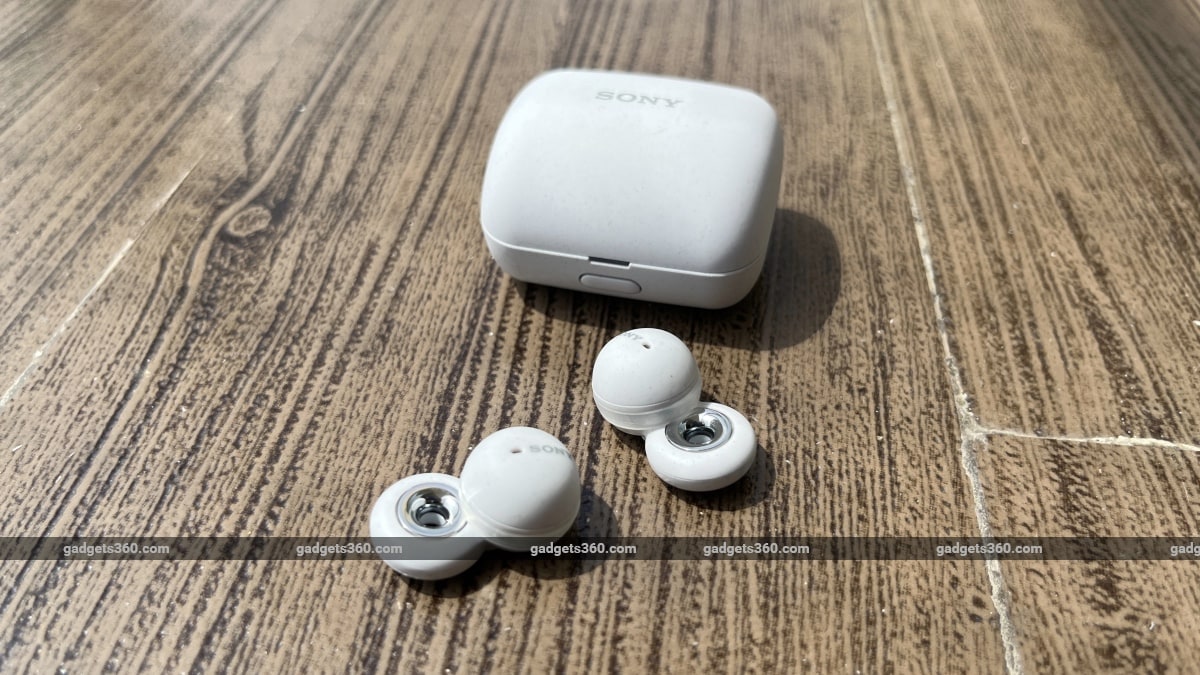
Samsung Galaxy S23 Ultra to Feature 200-Megapixel Camera: Report
Source : Gadgets 360
Samsung Galaxy S23 Ultra — the purported successor to the Galaxy S22 Ultra — could be equipped with a 200-megapixel camera, according to a report. Samsung unveiled the Galaxy S22 series earlier this year and is expected to introduce the Galaxy S23 lineup sometime next year. Meanwhile, a tipster claims that the Galaxy S23 Ultra could also sport Qualcomm’s 3D Sonic Max fingerprint scanning technology. The company is yet to officially announce any details regarding the successor to its flagship Galaxy S22 Ultra handset.
According to a report by Korea IT News, Samsung is planning to feature a 200-megapixel camera on one of the Galaxy S23 series smartphones. The Galaxy S23 Ultra could be the only handset in the series to be equipped with the sensor, according to the report, which claims that Samsung’s Mobile Experience (MX) division has conveyed this information to major camera partners of the company.
Samsung is said to have relayed its development and production plans, according to the report, which states that it has commissioned some firms to develop parts for its 200-megapixel sensor. The report mentions that currently only Samsung Electro-Mechanics and Samsung Electronics are producing 200-megapixel cameras. The supply chain is expected to expand when this sensor starts appearing on comparatively lower-end devices, as per the report.
Notably, Samsung last introduced a camera upgrade with the introduction of the 108-megapixel sensor on the Galaxy S20 Ultra. The following Galaxy S21 Ultra and Galaxy S22 Ultra have also featured a 108-megapixel primary camera.
Meanwhile, tipster Alvin (@sondesix) recently tweeted that Samsung is likely to utilise Qualcomm’s 3D Sonic Max fingerprint scanning technology for the Galaxy S23 Ultra. This fingerprint sensor is said to feature on the Vivo X80 Pro and the iQoo 9 Pro. This sensor reportedly has a large scanning area and a rapid scanning speed which could significantly reduce the unlock times and reduce errors while authenticating users.







